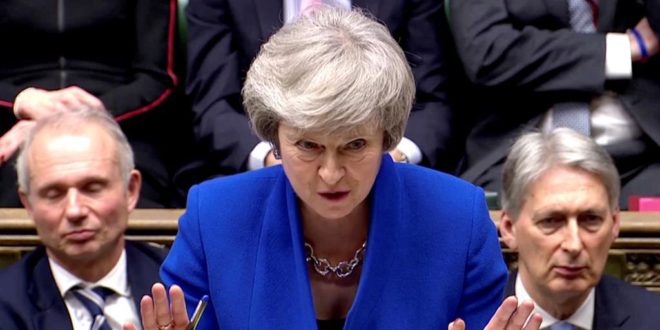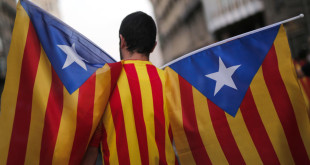Brexit: a last-minute deadlock
The Brexit ‘hot potato’ has now been passed on to the UK, and these last days have been marked by intense debates and decision-makings, which will most certainly continue throughout the near future.
A few steps backwards: after the “EU in or out” referendum took place in the UK, the new Prime Minister Theresa May in March 2017, after the approval of Parliament, triggered Article 50 of the Treaty on European Union therefore starting the pull-out process of the United Kingdom from the European Union. After a year and a half of negotiations, the UK and the EU reached in November an agreement on the withdrawal conditions.
A few days ago, the result of arduous and prolonged talks between the two parties has been torn apart in the British House of Commons, and once being a matter of international negotiations between the UK and the EU, Brexit has now become a UK internal affair between the Government and Westminster, creating a political gridlock.
The UK Parliament has been very clear: it still has confidence in Theresa May’s government, i.e. it still wants the conservatives to stay in Cabinet, but it firmly opposes and rejects the PM’s withdrawal agreement with the EU.
The situation is very complex and there are various key-points that have to be solved.
At one end, the British Prime Minister Theresa May has narrowly survived the vote of no confidence with a very small majority, and this result is due to the DUP Members of Parliament of Northern Ireland who backed her up in the vote. However, those same DUPs voted against her withdrawal agreement the day before because of the “backstop” deal, which upsets them. This forces Theresa May to find a solution that satisfies the DUPs, otherwise she might lose their support and find herself governing without a majority. It is though not an easy task for the PM since the European Union firmly stands its grounds regarding the only UK-EU land border between Northern Ireland and the Irish Republic.
In addition, the Prime Minister needs to find a solution in order to avoid the unwanted “no deal”, which is very likely going to be disastrous in the short-medium term, primarily for the British economy but very importantly for the British people living in the EU and for EU citizens living in the UK as well. Ending up in “no deal”, or if the fear of it rises too much, would also very likely mean for Theresa May to lose her coalition majority and be subject to a new motion of no confidence, which she would almost certainly not survive, or be directly forced to resign or call for new elections. This would be on account of an increasingly stronger opposition, which would benefit of the adherence of backbenchers who would not stay restive and of those Conservatives who would risk general elections instead of a catastrophe; there is no need to say how much is Labour Party leader Jeremy Corbyn eager to replace Mrs. May as Head of Cabinet and try out his own deal with the European Union.
At the other end there is the EU who, while waiting for an answer from the United Kingdom, is not unwilling to re-open discussions, but it will not concede more than what it did in the agreement made in November, and, although it might consent to delay the time limit, it surely will never agree to postpone the Brexit deadline, which is now on the 29th of March, to after the European Parliament elections at the end of May.
For now, the Prime Minister has asked for and is having cross-party discussions to find a way out, before the House of the Commons will dedicate a whole session on Brexit on the 29th of January and re-vote on the agreement, with any possible amendments made. Various outcomes are on table, ranging from an unlikely second referendum to a more likely new agreement.
Nonetheless, one thing is certain: PM Theresa May needs to find a solution which can make enough MPs satisfied in order to be passed by Parliament in a short amount of time. Meanwhile, in the EU the likelihood of this scenario is thought to be low enough to start activating a plan for “no deal”.
by Leonardo Schettini






